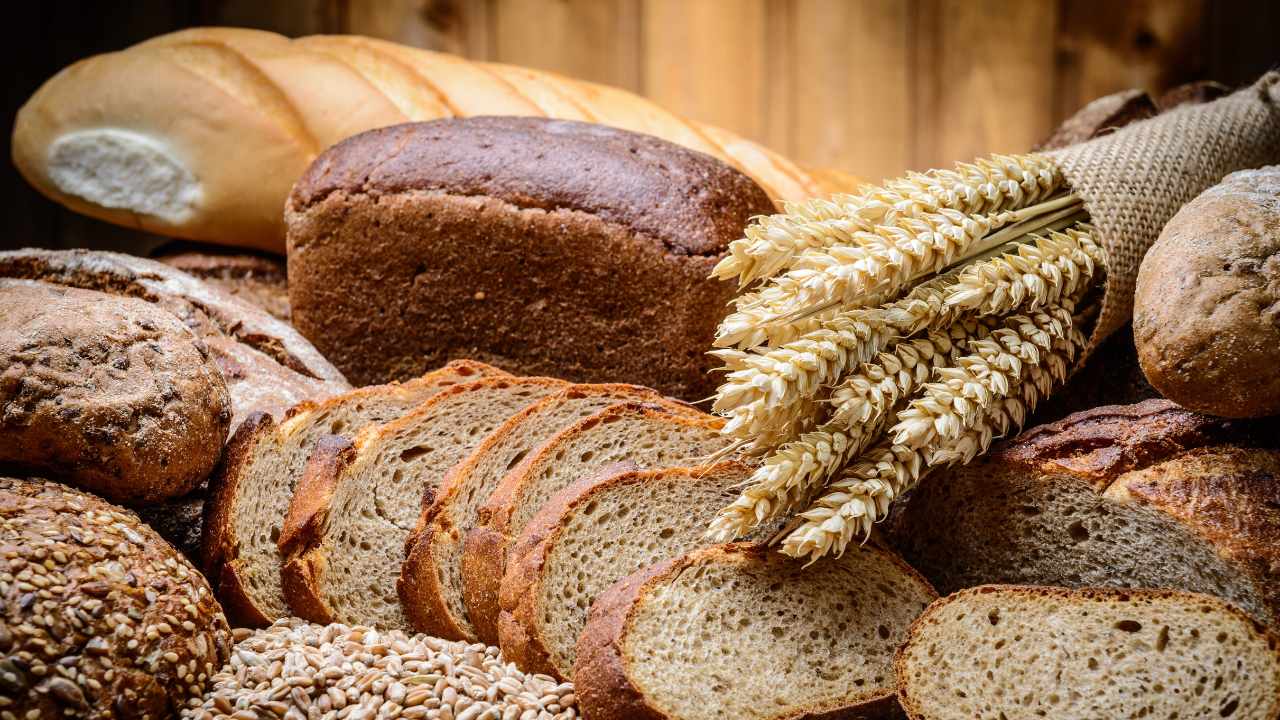Whole grains have been a staple in human diets for millennia, offering a plethora of health benefits and culinary versatility. In today’s health-conscious world, understanding the significance of whole grains is more crucial than ever. This guide delves deep into the seven primary whole grains, exploring their nutritional profiles, health benefits, and ways to incorporate them into your daily meals.
Understanding Whole Grains
Before diving into the specifics, it’s essential to grasp what constitutes a whole grain. A whole grain retains all three parts of the grain kernel:
-
Bran: The fiber-rich outer layer containing B vitamins, antioxidants, and trace minerals.
-
Germ: The nutrient-packed core with B vitamins, vitamin E, healthy fats, and phytochemicals.
-
Endosperm: The middle layer containing carbohydrates and proteins.
Refined grains, in contrast, have the bran and germ removed, stripping away significant nutritional value.
The 7 Essential Whole Grains
Barley
Nutritional Highlights:
-
High in dietary fiber, particularly beta-glucan.
-
Rich in selenium, magnesium, and B vitamins.
Health Benefits:
-
Supports heart health by lowering LDL cholesterol.
-
Aids in blood sugar regulation.
Culinary Uses:
-
Ideal for soups, stews, and salads.
-
Can be used as a rice substitute.
Note: Opt for hulled barley over pearled barley to ensure you’re consuming the whole grain version.
Bulgur
Nutritional Highlights:
-
Excellent source of fiber and protein.
-
Contains iron, magnesium, and manganese.
Health Benefits:
-
Promotes digestive health.
-
Helps in weight management due to its satiating properties.
Culinary Uses:
-
Common in Middle Eastern dishes like tabbouleh.
-
Quick-cooking, making it convenient for busy lifestyles.
Corn
Nutritional Highlights:
-
Provides antioxidants like lutein and zeaxanthin.
-
Contains B vitamins and essential minerals.
Health Benefits:
-
Supports eye health.
-
Offers energy through complex carbohydrates.
Culinary Uses:
-
Versatile: can be consumed as whole kernels, cornmeal, or popcorn.
-
Integral in dishes like polenta, tortillas, and cornbread.
Note: Ensure products are labeled “whole corn” or “whole grain corn” to reap full benefits.
Millet
Nutritional Highlights:
-
Rich in magnesium, phosphorus, and antioxidants.
-
Naturally gluten-free.
Health Benefits:
-
Supports cardiovascular health.
-
Aids in blood sugar control.
Culinary Uses:
-
Can be prepared as a porridge or pilaf.
-
Used in flatbreads and fermented beverages in various cultures.
Oats
Nutritional Highlights:
-
High in soluble fiber, particularly beta-glucan.
-
Contains avenanthramides, unique antioxidants.
Health Benefits:
-
Lowers cholesterol levels.
-
Enhances satiety, aiding in weight management.
Culinary Uses:
-
Popular as oatmeal or overnight oats.
-
Used in baking cookies, granola bars, and bread.
Note: Choose steel-cut or old-fashioned oats for minimal processing.
Quinoa
Nutritional Highlights:
-
Complete protein containing all nine essential amino acids.
-
Rich in iron, magnesium, and fiber.
Health Benefits:
-
Supports muscle repair and growth.
-
Beneficial for vegetarians and vegans due to its protein content.
Culinary Uses:
-
Versatile base for salads, bowls, and side dishes.
-
Can be used in baking or as a breakfast cereal.
Note: Rinse quinoa before cooking to remove its natural bitter coating, saponin.
Brown Rice
Nutritional Highlights:
-
Contains selenium, magnesium, and B vitamins.
-
High in fiber compared to white rice.
Health Benefits:
-
Supports digestive health.
-
Helps in maintaining healthy blood sugar levels.
Culinary Uses:
-
Staple in many cuisines worldwide.
-
Used in stir-fries, casseroles, and sushi.
Note: Brown rice has a longer cooking time but offers more nutrients than its white counterpart.
Incorporating Whole Grains into Your Diet
Embracing whole grains doesn’t mean overhauling your entire diet overnight. Here are some practical tips:
-
Start Small: Replace refined grains with whole grains gradually. For instance, switch white rice with brown rice or white bread with whole grain bread.
-
Diversify: Experiment with different grains to keep meals interesting.
-
Read Labels: Look for “100% whole grain” or “whole [grain name]” on ingredient lists.
-
Batch Cooking: Prepare grains in bulk and store them for quick meal additions throughout the week.
Conclusion
Whole grains are nutritional powerhouses that offer a myriad of health benefits, from heart health to improved digestion. By understanding and incorporating these seven essential whole grains into your diet, you pave the way for a healthier, more balanced lifestyle. Remember, the journey to better health is a marathon, not a sprint. Start with small changes, and over time, they’ll lead to significant improvements.
Frequently Asked Questions
Q1: Are whole grains suitable for gluten-free diets?
A: Not all whole grains are gluten-free. Grains like quinoa, millet, and brown rice are naturally gluten-free. However, barley and bulgur contain gluten. Always check labels and consult with a healthcare professional if you have gluten sensitivities or celiac disease.
Q2: How do whole grains benefit heart health?
A: Whole grains are rich in dietary fiber, particularly soluble fiber, which helps reduce LDL (bad) cholesterol levels. They also contain antioxidants and phytochemicals that support overall cardiovascular health.
Q3: Can I consume whole grains if I’m trying to lose weight?
A: Absolutely. Whole grains can aid in weight management due to their high fiber content, which promotes satiety and reduces overall calorie intake.
Q4: How should I store whole grains?
A: Store whole grains in airtight containers in a cool, dry place. For longer shelf life, especially for grains with higher oil content like brown rice, consider refrigeration or freezing.
Q5: Are there any quick-cooking whole grains?
A: Yes. Bulgur and quinoa are among the quickest to cook, often ready in under 20 minutes, making them convenient options for busy individuals.





